Shock Waves And Tsunamis: The Ripple Effects Of Asteroid Strikes

Introduction
Asteroid strikes are among the most devastating natural disasters that can occur on Earth, with the potential to trigger shock waves and tsunamis that can cause widespread destruction. These high-energy events send massive ripples through the planet's oceans and atmosphere, causing widespread damage to coastal regions and beyond. In this article, we'll explore the ripple effects of asteroid strikes and how these phenomena can affect our planet.
What Happens When an Asteroid Strikes?
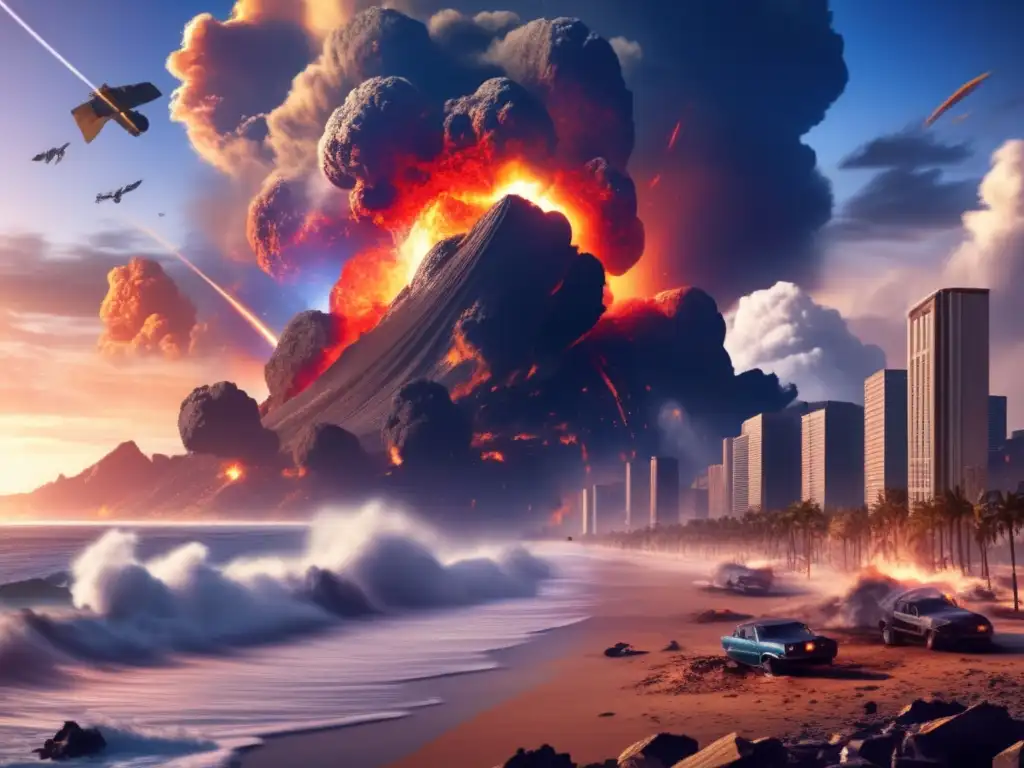
Impact and Crater Formation
When an asteroid collides with Earth, the energy released by the impact is enormous, often equivalent to that of a nuclear explosion. The force of the impact generates a shock wave that travels through the ground, creating seismic waves that can be detected around the world. The asteroid may also vaporize on impact, releasing gases that can further alter the atmosphere. As the energy dissipates, the asteroid's momentum and kinetic energy create a crater in the ground that can reach several kilometers in diameter.
Tsunamis
In an asteroid impact, the release of energy can also generate powerful tsunamis that can travel hundreds or even thousands of miles across the ocean. The impact generates large waves that spread out from the point of impact, racing across the ocean at hundreds of kilometers per hour. When these waves reach the shore, they can cause massive flooding and destruction, wiping out entire coastal communities.
Firestorms and Atmospheric Effects
The extreme heat generated by an asteroid impact can ignite fires across large areas, leading to firestorms that can burn for days or even weeks. The impact can also release large amounts of dust and debris into the atmosphere, blocking out sunlight and causing global cooling. In extreme cases, the impact can trigger volcanic activity and other natural disasters, further exacerbating the damage.
What Are the Most Famous Asteroid Strikes?
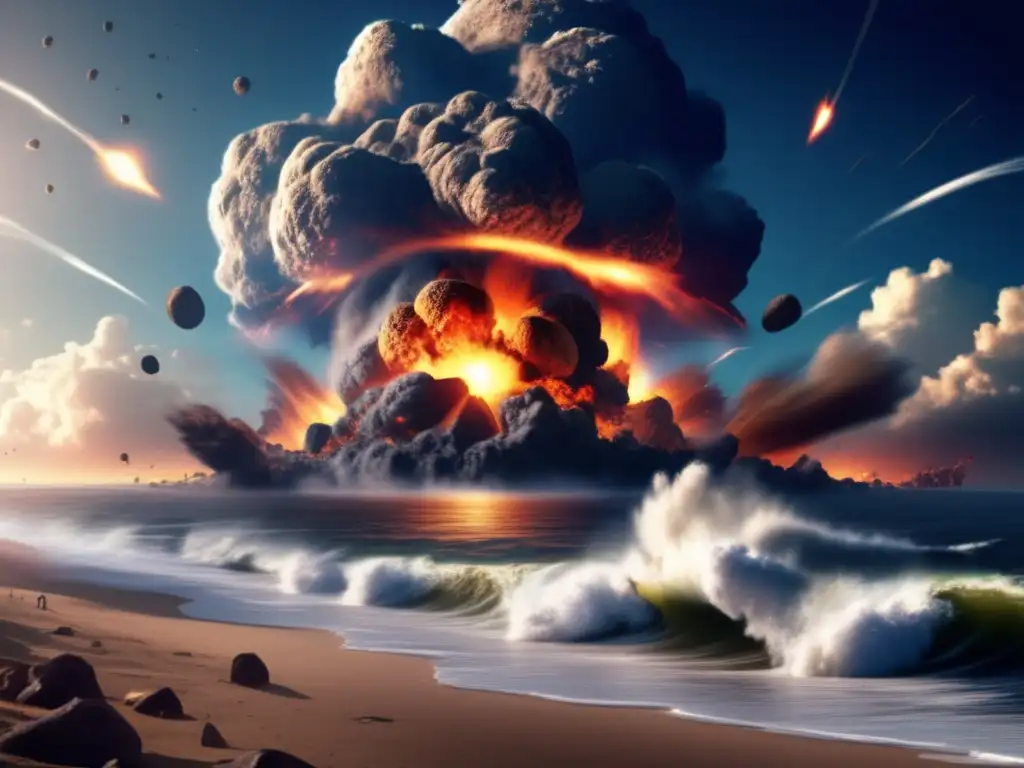
The Chicxulub Impact
The Chicxulub asteroid impact is one of the most famous in history, having occurred around 66 million years ago. The impact is believed to have caused the extinction of the dinosaurs, along with three-quarters of all plant and animal species on the planet at the time. The impact triggered a massive tsunami that covered much of the Americas and caused widespread fires and acid rain.
Tunguska Event
The Tunguska event was a massive explosion that occurred over Siberia in 1908. The impact was so powerful that it flattened trees over an area of more than 2,000 square kilometers, equivalent to the size of a major city. Despite its power, no crater was found in the immediate aftermath, leading scientists to speculate that the object may have vaporized before hitting the ground.
Meteor Crater
Meteor Crater is a well-known impact site located in Arizona, USA, believed to have been formed around 50,000 years ago. The crater is nearly a kilometer wide and 170 meters deep and serves as an important site for research into asteroid impacts and their effects.
How Do We Prepare for Asteroid Strikes?
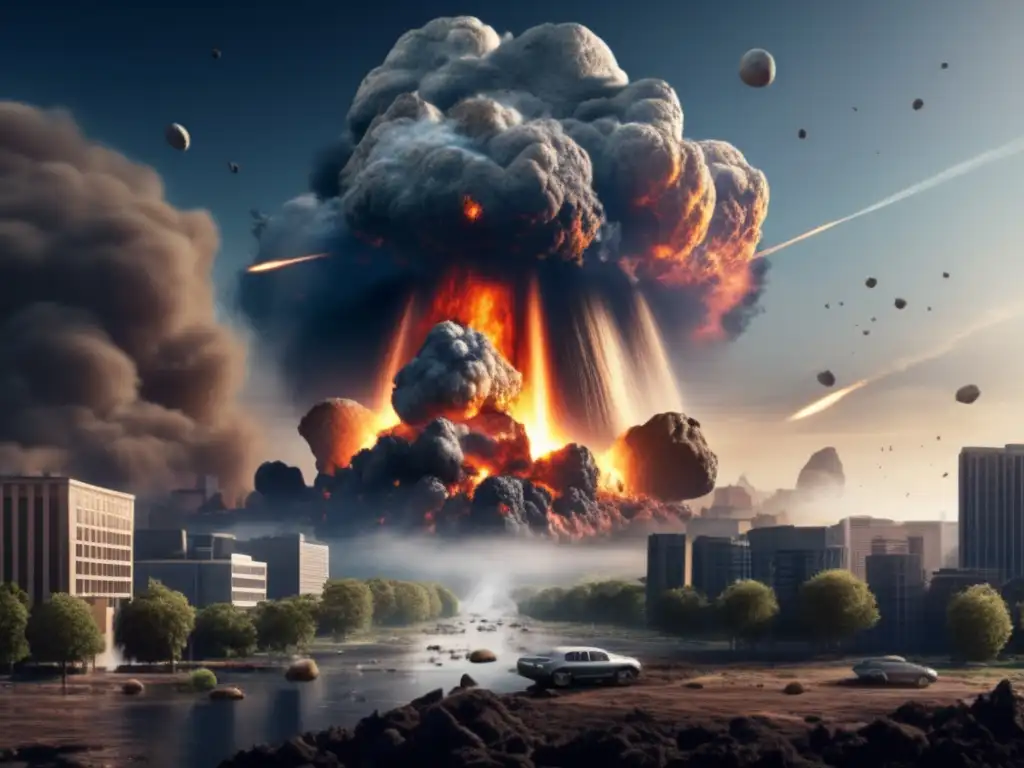
Early Warning Systems
One of the best ways to prepare for asteroid strikes is by developing early warning systems that can detect incoming objects and alert authorities and the public alike. NASA's Planetary Defense Coordination Office is responsible for detecting and tracking near-Earth asteroids and developing response plans in case a hazardous object is discovered.
Impact Mitigation
Another approach to asteroid strikes is to develop strategies for mitigating their effects. This can include measures like diverting the object away from Earth using rockets or other methods or developing better shelters and evacuation plans to protect people from the impact and its aftermath.
Research and Education
Finally, research into asteroid impacts is critical to understanding the risks associated with these events and developing effective mitigation strategies. By investing in research and education, we can reduce the impact of asteroid strikes and protect communities around the world from their devastating effects.
Frequently Asked Questions

-
What is an asteroid?
An asteroid is a small, rocky object that orbits around the Sun.
-
What happens when an asteroid strikes Earth?
An asteroid strike can trigger shock waves, tsunamis, and atmospheric effects that can cause massive damage and destruction.
-
Can we prevent asteroid strikes?
While we cannot prevent asteroid strikes entirely, we can develop early warning systems and mitigation strategies to minimize their effects.
-
How often do asteroid strikes occur?
Asteroid impacts are rare but can be devastating when they do occur. The frequency of these events varies depending on the size and location of the asteroid.
-
What can I do to prepare for an asteroid strike?
Individuals can stay informed about potential hazards and follow instructions from local authorities in case of an impact. It's also important to support research and education on the topic.
Conclusion
Asteroid strikes are a serious threat to our planet, with the potential to cause widespread damage and destruction. By investing in research and education, developing early warning systems, and exploring strategies for mitigating the impact, we can minimize the risks associated with these events and protect communities around the world from their devastating effects.
Thank you for reading this article on www.asteroidrealm.com. Please share your thoughts in the comments section and consider subscribing to our newsletter for more informative content on the topic of asteroids.
Additional Resources
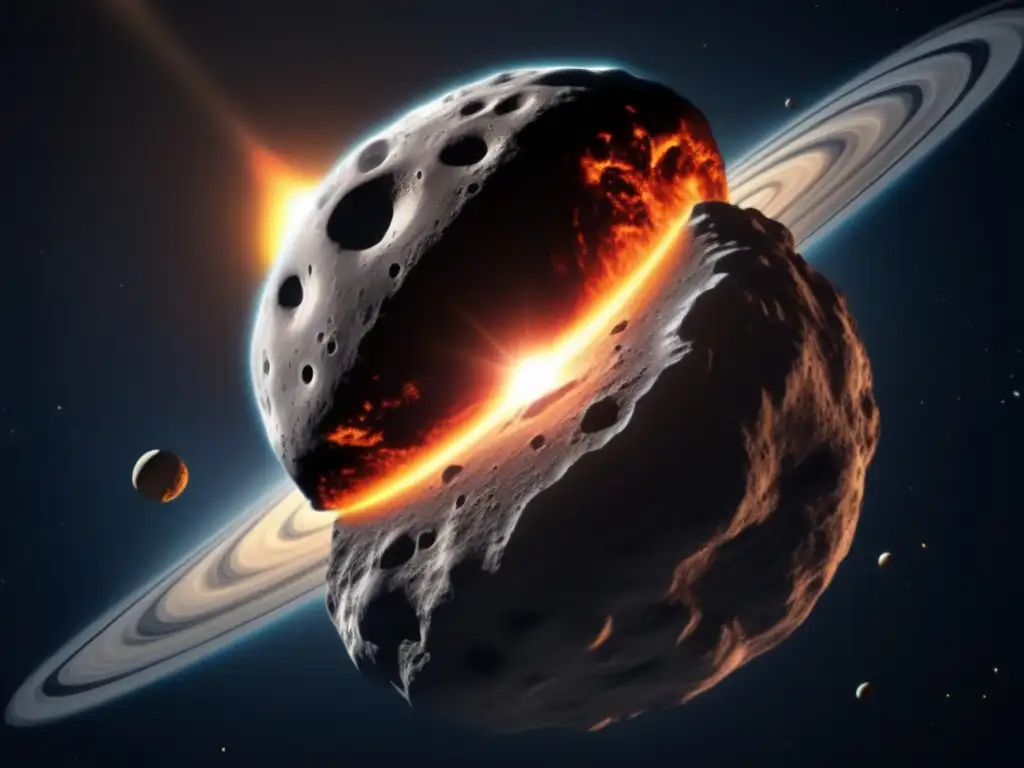
For further information on asteroid impacts and related topics, please consult the following resources:
- NASA Planetary Defense Coordination Office: https://www.nasa.gov/planetarydefense/overview
- The Geological Society: https://www.geolsoc.org.uk/Education-and-Careers/Resources/Papers-and-Reports/Asteroid-Impacts-Geological-Society-Study-Group-Report
- American Geophysical Union: https://www.agu.org/learn-about-science/science-topics/asteroids-comets-meteoroids/impact-craters
 Armored Earth: Our Planet's Defenses Against Asteroid Impacts
Armored Earth: Our Planet's Defenses Against Asteroid Impacts Tales Of The Unseen: Uncovering Invisible Impact Craters
Tales Of The Unseen: Uncovering Invisible Impact Craters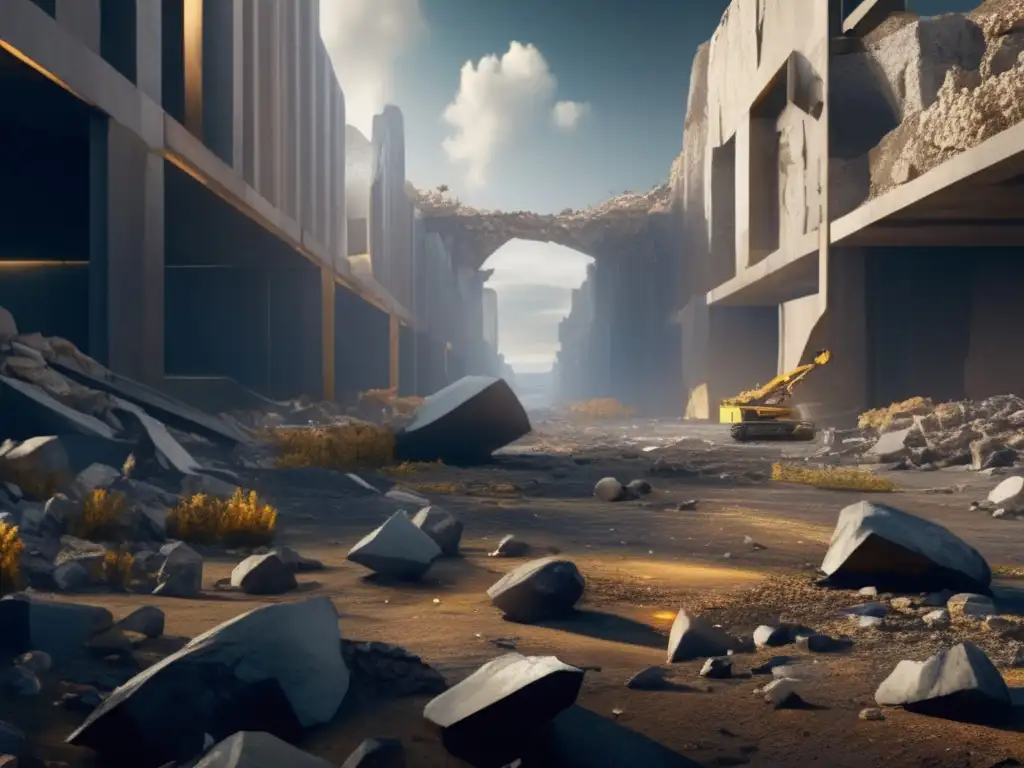 Rubble And Renaissance: Recovery And Regrowth Following Asteroid Impacts
Rubble And Renaissance: Recovery And Regrowth Following Asteroid ImpactsIf you want to discover more articles similar to Shock Waves And Tsunamis: The Ripple Effects Of Asteroid Strikes, you can visit the Asteroid Impacts category.
Leave a Reply

Articulos relacionados: